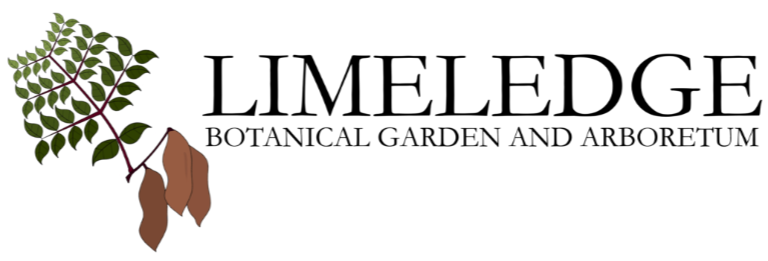Pinaceae
The Pinaceae, or pine family, are conifer trees or shrubs, including many of the well-known conifers of commercial importance such as cedars, firs, hemlocks,larches, pines and spruces.
Your text here or
Accepted Genera
| abies | Fir |
| Cathaya | Silver-fir |
| cedrus | |
| keteleeria | |
| larix | Larch |
| nothotsuga | Bristlecone-hemlock |
| picea | Spruce |
| pinus | Pine |
| pseudolarix | Golden-larch |
| pseudotsuga | Douglas-fir |
| tsuga | Hemlock |
Justifications for the Treatment of Abies
Infra-Abies delineations follow the combined nuclear, plastid, and morphological study of Xiang et al. (2018). Section-level classifications follow more targeted studies.
Section Abies
The Eastern Mediterranean Complex: The taxa A. bornmuelleriana and A. equi-trojani are frequently considered to be synonymous with the latter as the accepted name, but there is evidence that they are distinct taxa. Handel-Mazzetti named them at the same time in 1925 from distinct geographical regions; therefore my classification here treating A. equi-trojani as a subordinate taxon follows the genetic data in Hrivnak et al. (2017) establishing it as a recent offshoot of A. bornmuelleriana. Coode and Cullen (1965) also considered these taxa to be distinct, and at the species level. Hrivnak et al. (2017) also provide evidence that A. x olcayana (putative A. bornmuelleriana x A. equi-trojani) is not a hybrid, but a recent evolutionary offshoot within A. bornmuelleriana s.l., much like A. equi-trojani. I adopt this treatment here, since it is clearly a distinct regional/ecological form worthy of conservation. Hrivnak et al. (2017) establish a close relationship between the above taxa and A. nordmanniana. They are maintained at the species level here to capture their variation, but there appears to be an argument for including them as subordinate subspecies/varieties under A. nordmanniana. Hrivnak et al. (2017) provide strong supporting data for Abies cilicica and Abies cilicica ssp. isaurica. The latter is quite rare and of major conservation concern. It is in North America, but it would be cool to acquire new genetics.
The Balkans Complex:
The taxa Abies alba, Abies cephalonica, and their putative hybrid A. borisii-regis are present in the Balkans, the latter as a putative stabilized hybrid. Krajmerova et al. (2016) provides data indicating that A. borisii-regis is a product of recent introgression resulting from contact between these two species, and is not a monophyletic stabilized hybrid species but rather a variable and complex hybrid swarm. Bella et al. (2015) also provide data showing that A. borisii-regis is genetically intermediate. Needle volatiles share the same tendency: clustering by species with A. borisii-regis intermediate (Nikolic et al. 2021). Despite its variable nature and hybrid origin, I record the name as A. borisii-regis here since it generally behaves as a stabilized hybrid species.
The North African Complex:
A. pinsapo has been historically treated as having three varieties: the type in Spain, and var. marocana and tazaotana in Morocco. Two studies, Terrab et al. (2007) and Sanchez-Robles et al. (2014) provide evidence for distinct but limited differentiation of the varieties, with the Moroccan varieties distinct from the Spanish populations but poorly differentiated from one another. It appears that treating marocana as a subspecies and tazaotana as a variety under it is reasonable and capture the hierarchy of differentiation. Sanchez-Robles et al. (2014) provide some evidence for a close relationship between A. alba and A. numidica.
Section Balsamea The hybrid (koreana x lasiocarpa) has two grex names listed above, but neither have been validly published.
Section Pseudopicea The A. delavayensis complex:
Trees and Shrubs Online note that A. fabri seem to fall within a broad morphological interpretation of A. delavayi, but that it has a suite of unique characters warranting species status.
The A. chensiensis complex:
A. chensiensis, A. ernestii, A. recurvata, and A. salouenensis are all distinct but closely related species; retaining this treatment as proposed by Trees and Shrubs Online appears to be the preferable approach to describing their variation. The reference upholding A. salouenensis at species rank is Debreczy & Rácz 2011, as is the one referencing the likely parentage of A. x chengii. The taxon formerly known as A. chensiensis ssp. yulongxueshanensis has been sunk into synonymy with A. salouenensis by Flora of China, but requires further study. The critically endangered A. beshanzuensis and A. ziyuanensis are distinct, but the latter may be a subspecies of the former.
The A. forrestii complex:
The taxon known as A. forrestii var. georgei appears best treated as a distinct species (TSO).








